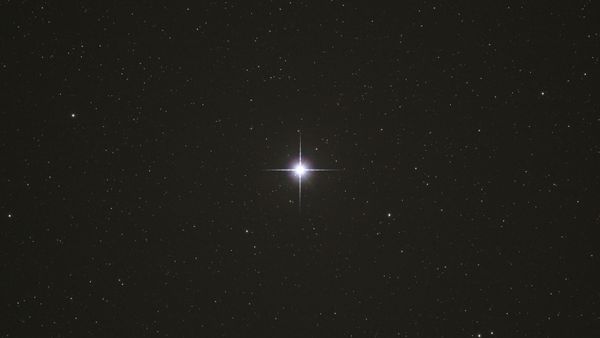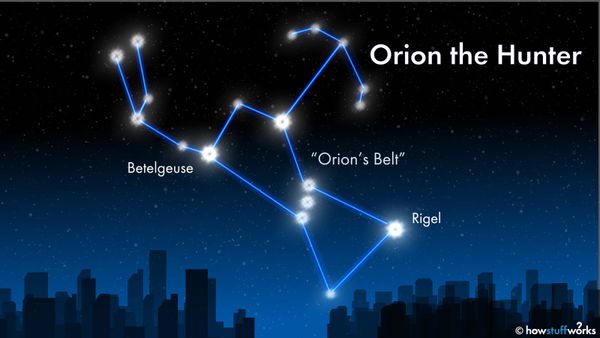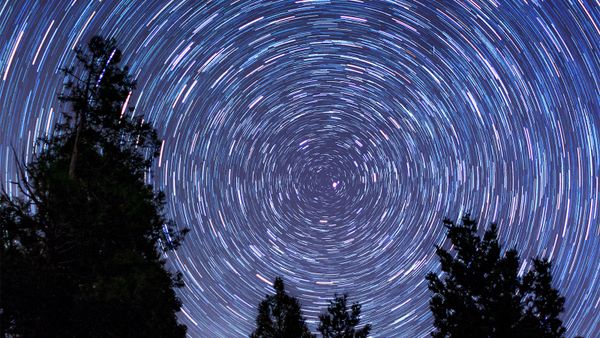
When the 1933 World's Fair opened in Chicago, it was marked by a mechanism that captured the light of a distant object in the night sky: the star Arcturus, shining in the constellation Boötes. World's Fair organizers had chosen Arcturus, because at the time, it was believed that the star was roughly 40 light-years from Earth – and the previous Chicago World's Fair had taken place 40 years earlier in 1893.
Advertisement



